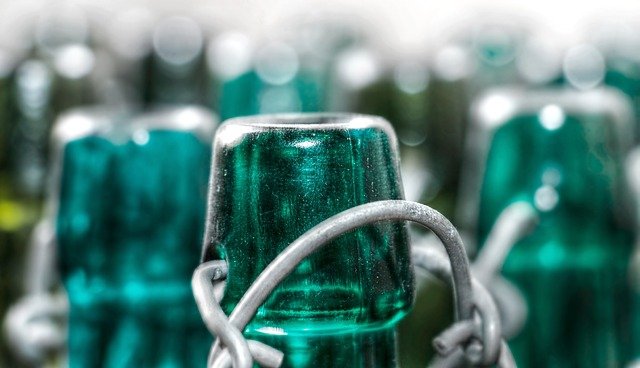Everything you need to know about the disposal of glass

In Australia, almost 1.3 million tonnes of glass packaging are consumed each year. Glass is, without a doubt, one of the most popular types of packaging, and it also has a very long life cycle. Glass takes one million years to break down naturally in the environment, and it can take even longer if it’s stuck in a landfill. Glass, on the other hand, is a highly recyclable material. Many varieties of glass may be recycled and treated indefinitely, making it ready for reuse.
Here’s what you need to know about reusing glass, disposing it and what happens afterwards.
Glass reuse
Firstly, the best thing to do to reduce the environmental impact that disposed glass can have is to not dispose of glass waste in the first place. Instead, try to find a way to repurpose it. Empty glass jars are often great for storing food, homemade cleaning products, small items and even make great flower vases.
Recycling glass
Glass cannot be recycled in its whole. Glass jars and bottles are the only items that can be placed in the mixed recycling containers or kerbside recycling bins. Because drinking glasses, glass windowpanes, and oven-proof glass have a different melting temperature than glass bottles and jars, they cannot be recycled. Mirrors, lightbulbs, and light tubes are also prohibited from being placed in mixed recycling containers or kerbside recycling bins. Each state and territory has its own set of acceptance criteria, so be sure you know which types of glass can and cannot be collected for recycling in your state or territory, as well as your local council’s rules and regulations.
How is glass recycled?
After glass is collected for recycling from homes, businesses and recycling centres, it will be transported to a materials recycling facility, where it will go through a range or processes to get it reusable. First, the different types of glass are sorted by colour, and the separated glass is crushed. Then comes a process which removes any metals and small contaminants from the crushed glass. The glass is then further crushed and is melted down. Finally, the glass is poured into moulds to become new bottles and jars to be reused.
This procedure can go on indefinitely without affecting the quality, purity, or durability of the glass. Furthermore, recycling glass consumes far less energy than melting raw materials to create new jars and bottles.
When recycled glass is used in the creation of these products, it uses far fewer resources and consumes far less energy. Both of these characteristics will result in fewer manufacturing carbon emissions. By ensuring that your glass jars and bottles are correctly recycled, you may reduce your potential environmental effect by lowering carbon emissions and minimising the amount of glass that ends up in landfills.
To take care of your recycling waste and other waste management needs, contact Solo Resource Recovery at 1300 46 76 56 or contact us via our website.
Related Posts

Published: October 1, 2024
Is Your Waste Management Performance Up to Scratch? Discover the Solo Difference
Read more
Published: August 15, 2024
Solo Invests in the Future: Company Expands Fleet with Hydrogen Vehicles
Read more
Published: December 15, 2023